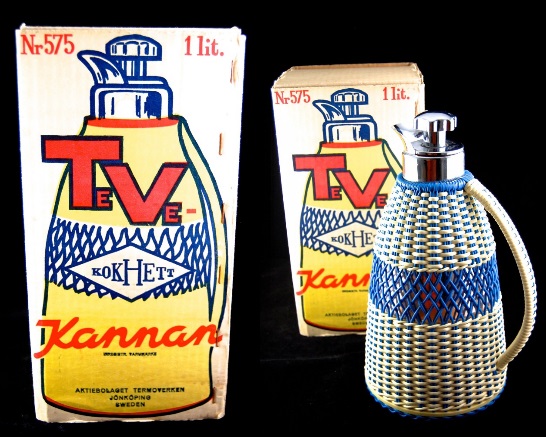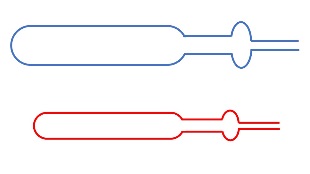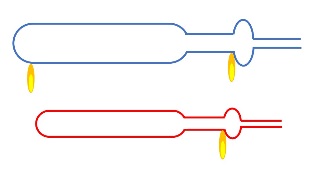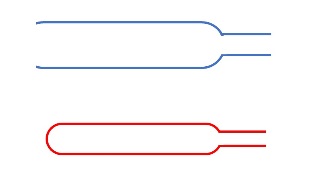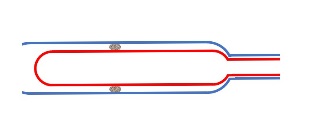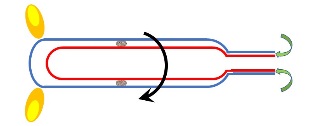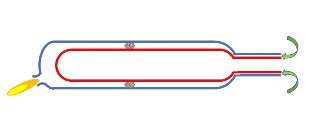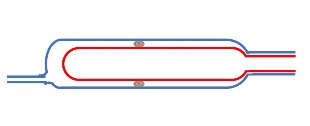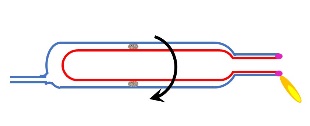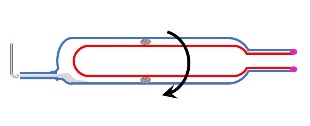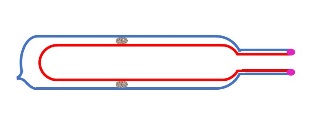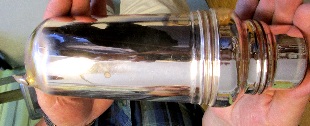Vacuum flask - thermos - Dewar flask
Practical to take on picnics, to have by the computer...For warm beverages, for warm food, for cold beverages, cold food...
Often, we think about their (designed?) outside, but how often do we think about how it is constructed?
The base for the vacuum flask is a double-walled glass container. It is silvered between the walls, and then the air is evacuated.
The first isolating containers were contructed by the Scottish scientist John Dewar at the end of the 1800s.
They were soon a success: already in 1915 Termoverken in Jönköping started the manufacture for the Swedish market. There have been four vacuum flask factories in Sweden: Termoverken in Jönköping were the first, then Trelleborgs glasverk, AB Termoindustri in Kalmar and lastly Jönköpings vacuumindustri. The last factory for vacuum flasks in Sweden was closed in the 1960ies.
Curiosity: they are often called TV-pitchers here in Sweden. Most of us have probably thought that an example of the ubiquitous TV
"everything"
- TV tray, TV dinner...
But: we were all wrong. It started (albeit in the early TV era) as a trade mark for TermoVerken i Jönköping...

